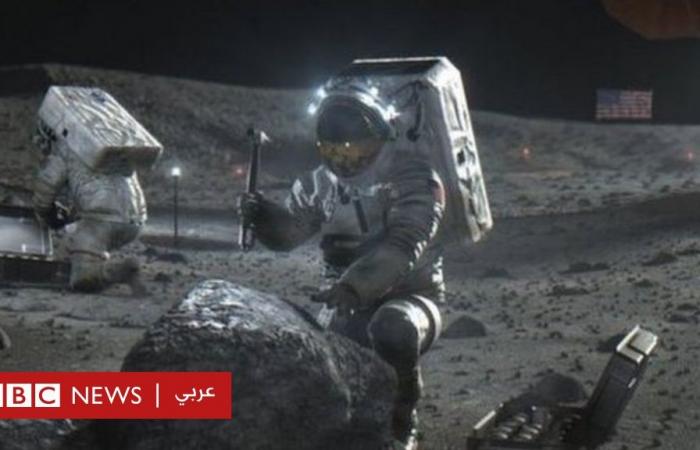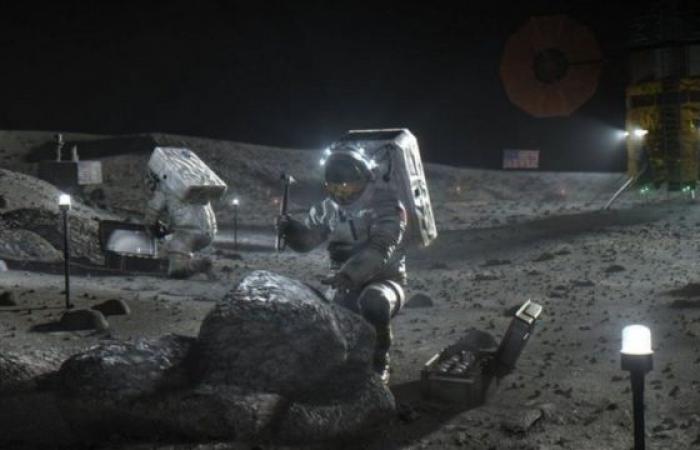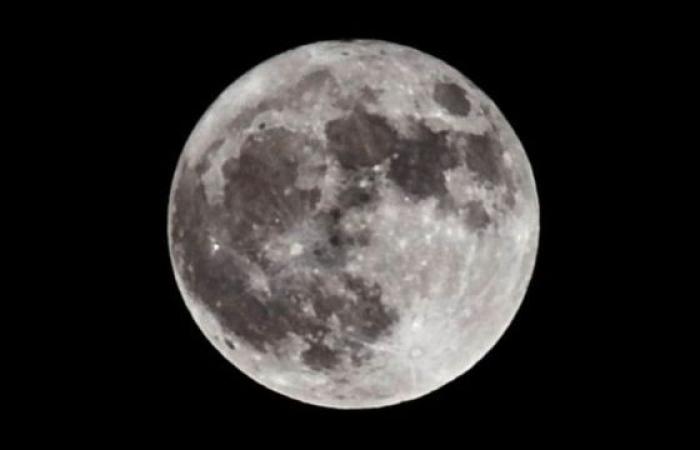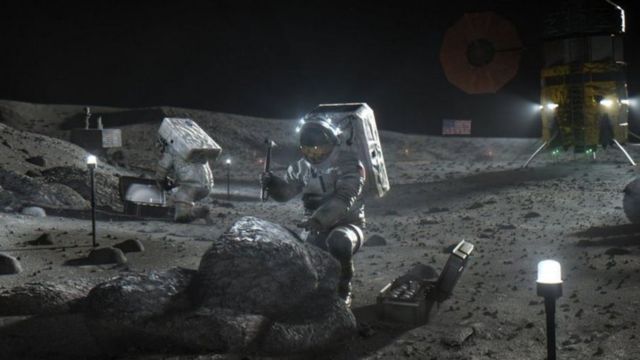
Image Released, NASA
Infographic: NASA wants to return to and stay on the moon
The US space agency “NASA” revealed that there is more water on the surface of the moon than we expected in the past, and that announcement came after the agency hinted a few days ago that there was “an exciting new discovery on the surface of the moon.”
This “clear discovery of molecular water” will boost NASA’s hopes to establish a base on the surface of the moon, taking advantage of the natural resources available there.
And the journal “Nature Astronomy” published the results of the study, which came in two research papers.
In contrast to previous discoveries of water in parts not facing the sun, scientists discovered water molecules in areas facing the sun as well.
“The amount of (discovered) water is roughly equivalent to a 12-ounce bottle of water per cubic meter of lunar soil,” said Casey Honeyball, co-author of the study and a fellow at NASA’s Goddard Space Flight Center in Maryland, during a video conference.
Jacob Blecher, a fellow NASA fellow from the Department of Human Exploration, said scientists still need to understand the nature of the water deposits, and this will help them determine how much future moon explorers will benefit from this discovery.
Although there are earlier indications of water on the surface of the moon, this new discovery indicates that water is more abundant than previously thought.
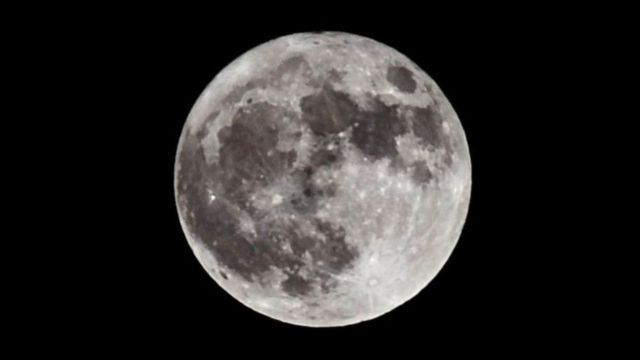
Image Released, VICTORIA GILL
NASA has drawn a detailed map of the lunar surface, and will determine the locations of water availability choosing the right location to create the base
“(The discovery) gives us more options regarding potential water sources on the moon,” said Hannah Sargent, a planetary scientist at the Open University in Milton Keynes, told the BBC.
The US Space Agency had announced that it would send two astronauts, a woman and a man, to the surface of the moon in 2024 to prepare for a “next giant leap” for the human exploration mission of Mars during the next decade in 2030.
This means developing a “more sustainable way to explore space”, Sargent said.
“Part of that is the use of these local resources, especially water,” she told the BBC.
How did scientists find this water?
Scientists monitored the first of these new discoveries through an infrared airborne telescope known as “Sophia”. This observatory, located on a modified Boeing 747, flies at a great height from the Earth’s atmosphere, which allows a clear view to a large extent. Great for the solar system.
Using this infrared telescope, scientists were able to determine the “characteristic” color of water molecules.
They believe that water is stored in bubbles of lunar glass or between grains of soil on the surface, providing protection in the harsh environment.
In another study, scientists searched for permanently shaded areas, known as “cold traps”, where water could be collected and sustained. Scientists found these cold traps at both poles, and concluded that “about 40 thousand square kilometers of the surface of the moon can store water. “.
What does this discovery mean?
Sargent said the discovery could “broaden the list of places we might want to build a base in.”
The next few years will see quite a few missions to the polar regions of the moon, but in the long term, there are plans to build permanent housing on the moon’s surface.
“This may have some effect, and it gives us time to do some research,” said the researcher at the Open University.
She added, “It does not give us much time because we are already working on the ideas of the moon base, and where we will go, but it (discovery) is promising.”
“We used to go to the moon anyway, but this (discovery) gives us more options and makes it a more enjoyable place to go,” she said.
Experts say that water ice could form the basis of a future lunar economy, once you know how to extract it.
And making rocket fuel on the surface of the moon will be much cheaper than sending it from the ground. When future lunar explorers want to return to Earth, or travel to other destinations, they can convert water into hydrogen and oxygen, which are commonly used to power spacecraft.
Consequently, lunar refueling could lower the cost of space travel and make establishing a base on the moon less expensive.
These were the details of the news The Moon: The water discovered above its surface reinforces NASA’s plans... for this day. We hope that we have succeeded by giving you the full details and information. To follow all our news, you can subscribe to the alerts system or to one of our different systems to provide you with all that is new.
It is also worth noting that the original news has been published and is available at eg24.news and the editorial team at AlKhaleej Today has confirmed it and it has been modified, and it may have been completely transferred or quoted from it and you can read and follow this news from its main source.

